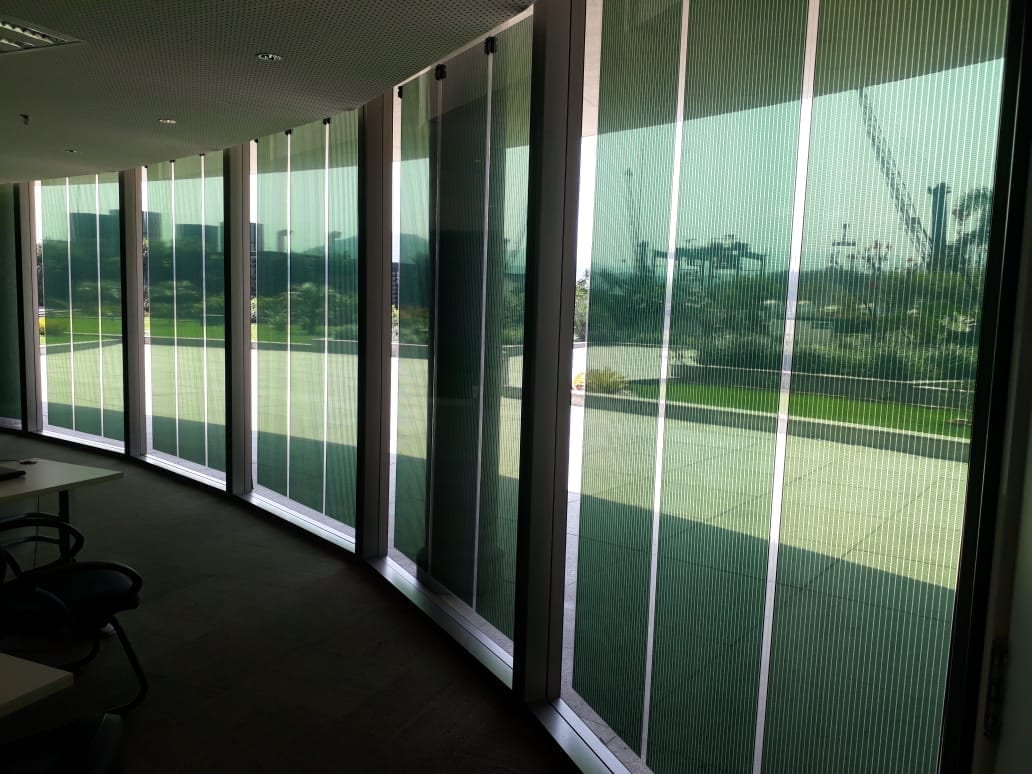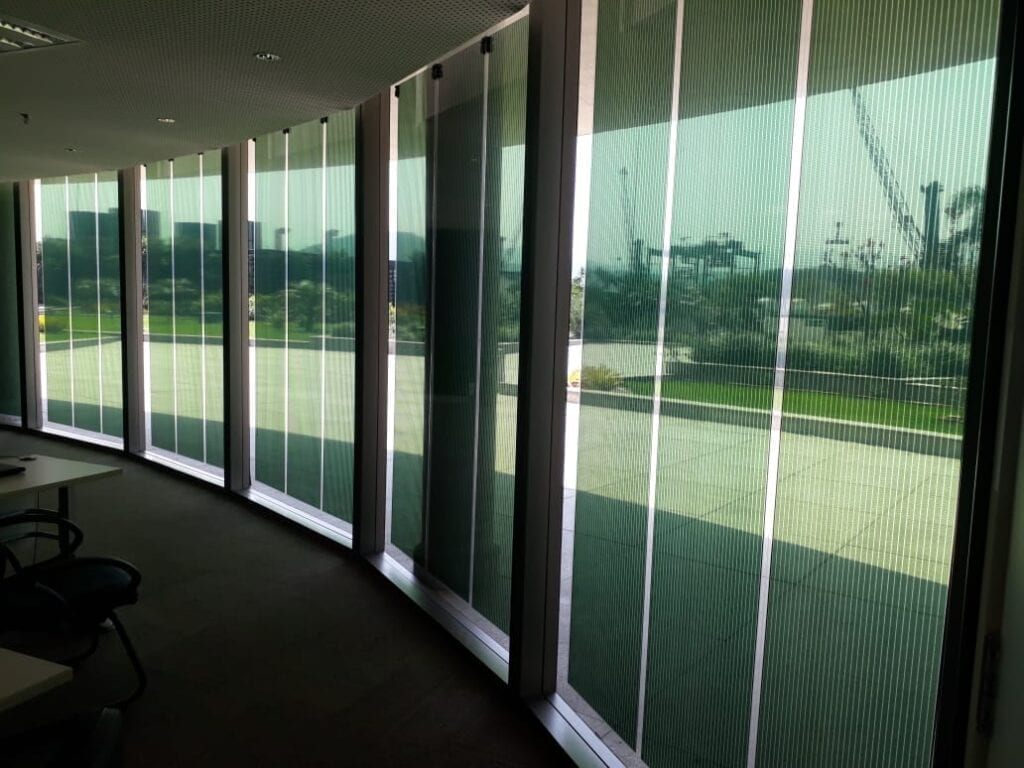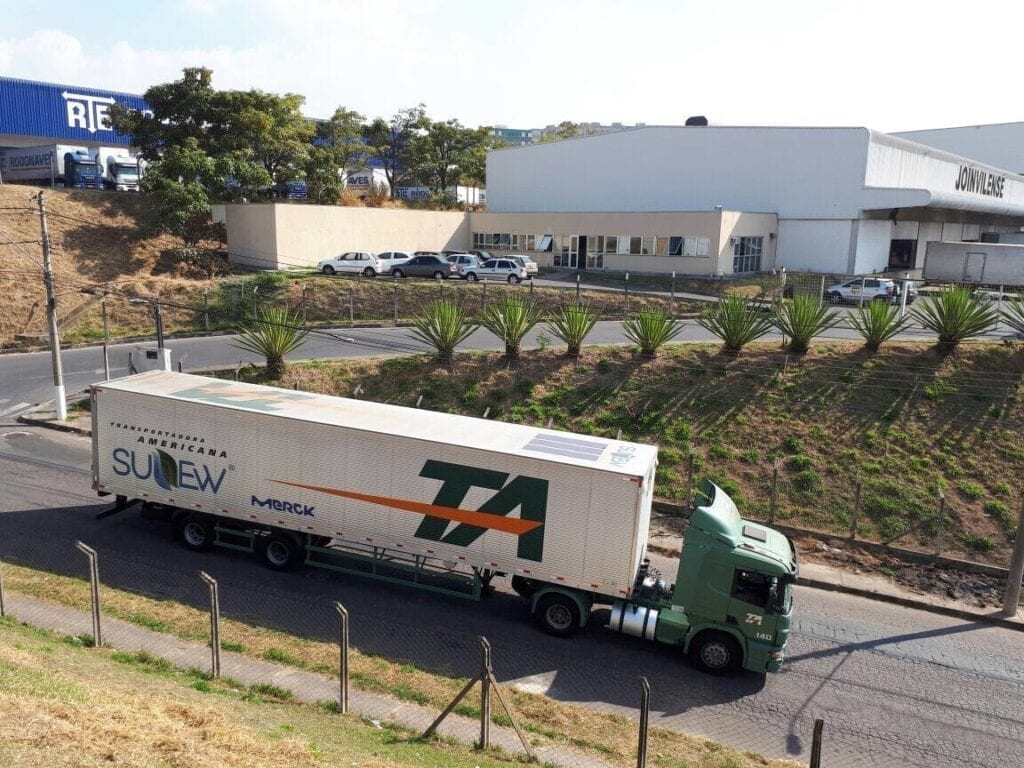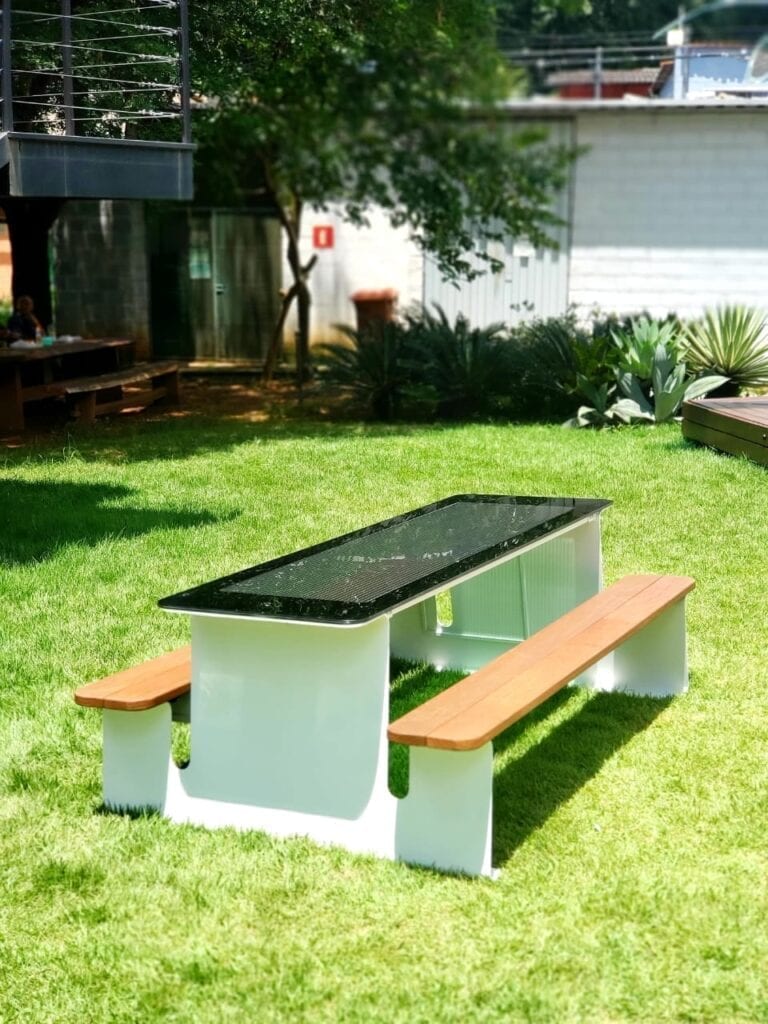The post Organic Technology New Paradigm for Power appeared first on POWER Magazine.

A Florida-based company that touts what it calls a scalable organic energy-based power technology has launched operations in North America, and said it is making its technology available across several markets including for transportation and commercial buildings.
GO-OPV, LLC on Nov. 17 announced its ORENgE organic technology will be used in a 120,000-square-foot commercial property in New York, where ORENgE panel window installation will provide the property’s power over ethernet, along with meeting the UL 924 lighting standard for emergency lighting and power equipment. The company on Tuesday said it also is accelerating a zero-carbon program for large trucks that will provide vehicles with an advanced low-light power technology.
The technology is part of a growing segment of power generation that includes building-integrated photovoltaics (BIPV), where photovoltaic modules are integrated into a building. The ORENgE technology, in development since 2012, uses a building’s windows as a power generation source.
Paul Frischer, president of GO-OPV, told POWER that while his company’s technology can be talked about in terms of BIPV, “There really isn’t anything comparable in the BIPV space to what we’re doing. No one knows yet what this is all about. This is a whole new power paradigm.”
‘Commercial Organic Technology’
GO-OPV in a news release Tuesday said ORENgE “is the only commercial organic technology available in the U.S. that is transparent, non-toxic, flexible, thin, durable, recyclable, sustainable, and cost competitive.” The company said applications for the technology include transportation, buildings, outdoor furniture, and mobile communications.
Said Frischer: “Imagine like all the Apple devices that are all done with OLED [organic light-emitting diode], all those devices are printed with organic ink. All those screens require power in order to illuminate the light. We are using the same organic ink technology, but instead of creating light images we’re collecting the power from the light source, and we’re producing the power.”
For a commercial building (Figure 1), the technology can provide power without the need for other forms of distributed generation, such as solar panels on the roof, or an onsite wind turbine.

“Think about it. This is a clear, semi-transparent film, and we’re able to apply this film to a window,” Frischer said. “Then with the light from the window, we’re able to pick up and generate power. We’re able to create intelligent power systems, with a midspan power over ethernet that converts the ORENgE power to battery power, and to DC [direct current] power as a full power supply unit.”
He continued: “What we’re doing is putting the power source on the window, in the building, in a DC format. Pretty much everything you operate today, phone, laptop, lighting, all those systems are DC systems, so we’re bringing the power directly to the last inch in a DC format.”
‘Suitability and Sustainability’
“The new electric economy requires energy producers to generate power in the most efficient combination of suitability and sustainability possible, which has always meant harnessing the power of light, indoor and outdoor,” said Felipe Travesso, COO of GO-OPV. “Organic energy, as built around the ORENgE technology solution, is pure power technology in a lightweight, flexible, and zero-carbon footprint that can be applied to places like windows and equipment transportation, where organic energy transforms the power of light into energy.”
He continued: “We are confident that organic energy represents the largest onsite power market in the U.S., and that leveraging ORENgE technology will open up new markets, new applications, and new models for reducing the global carbon footprint at a price that’s cost-effective.”
Transportation Application
Travesso told POWER the company’s technology has been tested for the transportation sector on a fleet of PepsiCo trucks in Brazil. Frischer said transportation is a growth area for the technology (Figure 2).

“That’s the trajectory of where we’re heading,” Frischer said, noting there’s the possibility of supplying part or full power for electric vehicles. “For now we’re doing support power for battery units, for onboards [electronics], for printers. The trajectory is to do entire roofs for the trailers, and full battery support for the vehicles.”
Frischer said the ORENgE system can provide an “intermediary power supply between the terminal and the port” for the trucking industry. “While the trucks are in transit, with full ORENgE systems on the top of the trucks, they can get increased mileage.” He said the technology “can cover increased power demand [for onboard systems], or we can increase the length of the travel.”
The ORENgE technology also can be used on outdoor furniture, and the company said it could bring power to park benches, picnic tables (Figure 3), and beach umbrellas, among other uses. Through Apple’s MFI program, “ORENgE fully integrates into power applications for direct power supply to IoT devices through USB and ethernet connectors, bringing on-demand power to cell phones, portable speakers and other portable electronics,” the company said.

“It took time to develop this, because it is a completely different approach to providing last-inch energy,” said Travesso. “We know that taking it to the last inch means the user is going to be right next to the generation, making it more sustainable and efficient. This is a more efficient and sustainable way of powering the next generation of electronics.”
—Darrell Proctor is associate editor for POWER (@POWERmagazine).
The post Organic Technology New Paradigm for Power appeared first on POWER Magazine.